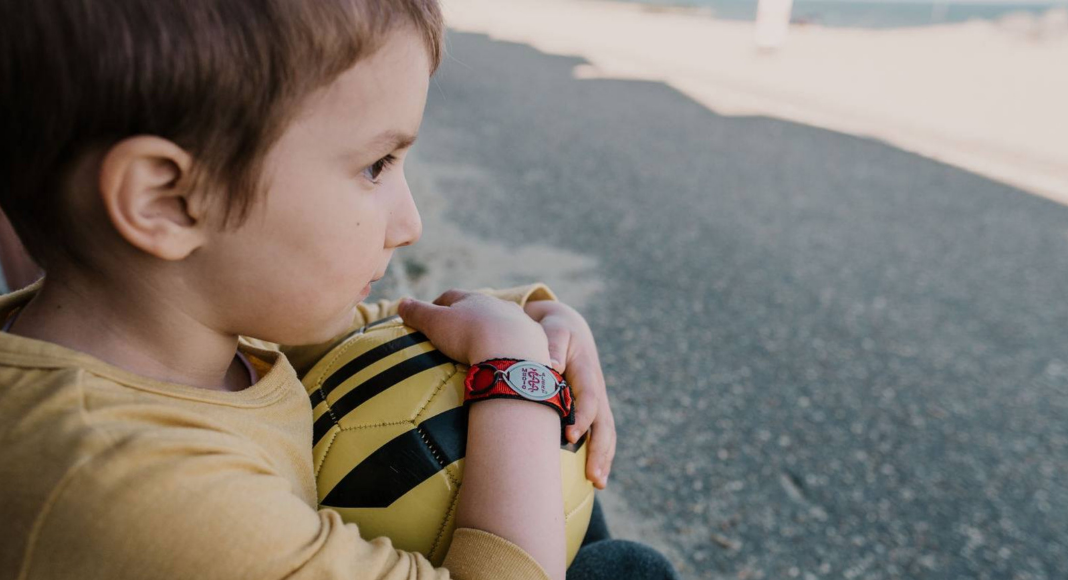T1D? What is that?
Type 1 Diabetes is a condition that affects about 1.6 million Americans, including my daughter. This autoimmune disease is when your pancreas peaces out, and pancreatic beta cells are no longer available to help control your blood glucose. Those with Type 1 Diabetes require insulin, both to keep their blood glucose (BG) leveled, but also to “bolus” and match the carbs consumed at meals. Without insulin injections, your body simply can’t “grab” the glucose from the food you eat, which can be detrimental to health and even fatal.
While I work in a health-related field and thought I understood T1D, until living this life with my daughter – I had no idea.

In case you get the lucky chance to know someone with T1D, I wanted to share what a day looks like in our home from my perspective as a mama to share a snapshot of the thoughts that go through my brain, the worries and challenges and constant thinking. To make this simple, I’m going to walk you through a “normal” day. This disease is tough, but the more people who understand it, the more people out there to advocate for my baby girl.
And before I get started, I have to share that we are lucky. First, we have insurance. And second, being that my daughter is just 5 (diagnosed at 4), we were able to fight insurance to get her on a Continuous Glucose Monitor (CGM), which helps us not to need to do finger sticks to check her (remember Nick Jonas’s super bowl commercial?). Otherwise, there’d be MANY more steps below. We decorate ours with cute stickers and my daughter proudly shows them off (much to her brothers’ frustrations about talking to literally everyone she sees). And, without insurance, our family would spend over $1,000/month caring for our daughter’s T1D.
So, here we go:
8am(ish) – we wake up. I look at my phone to see what her glucose level is and determine how much time I may have before I need to get her breakfast going.
Between wake up and breakfast – probably check her glucose level at least four more times to be sure it doesn’t start to drop, which can happen once she’s up and moving again.
9am(ish) – breakfast. I have to pay special attention to the carbs on her plate and literally measure out anything I give her. Then, I use my app to count the total carbs consumed and dose her insulin based on ratios provide by our endocrinologist. All of this gets tracked on a chart for quarterly check-ins.
9:15-10:30am(ish) – kiddos are playing and I hear beeping about every 5 minutes. This is her Dexcom device. We can only provide insulin every 3 hours, and it often takes 2-2.5 for the insulin to kick in since we dose her after eating (recommended for kiddos since they often have eyes bigger than their stomachs). The beeping tells me her BG is still high. So, to help it along, I have her drink some water and run 10 laps around the house.
11am(ish) – she starts to tank. And by that, I mean the water and the laps helped the insulin work a little too well and now her BG is starting to go low. We “correct” this with snacks or drinks that give her up to 15g of carbs (which can include a juice box or a small bowl of animal crackers/goldfish, some of a fruit snack package, an applesauce pouch, etc.). Then we watch. Every five minutes her CGM updates us about her glucose levels, but it can take about 15-20 minutes before the food she eats to reach her interstitial fluid (where the CGM reads). If we are very low, or we are in a bigger hurry to get her back to what she was doing, we may do a fingerstick BG check, which is blood glucose and will be a more immediate reading.
11:30am-12:30pm – more playing and watching her glucose level fluctuate – hoping it doesn’t creep up now that carbs have been consumed that weren’t covered by insulin. Even small doses can send her up depending on what her body’s metabolism is choosing to do.
1pm – it’s lunchtime. And I won’t bore you, but yes, it’s the same as you read for breakfast. And again will happen for dinner.
I’m going to skip here and get us close to bedtime, as I think I’m making my point.
8pm – at bedtime we have to dose her long-acting insulin, as well as any insulin that may be needed if her glucose number hasn’t leveled out AND if it’s been more than three hours since her last dose of insulin.
From 8pm-8am (while she sleeps) – her CGM will beep, LOUDLY, if her glucose is going high or low. Lows mean I have to wake her up enough to drink some juice or have some applesauce. Remember those late nights with your drunk friend? It’s kind of like that – sleepy and not really with it, trying to get them to have something without making a mess, and then coaxing them back to sleep before they wake up ready to watch a movie. High means we have to give her a shot while she sleeps every three hours until it comes down and based on ratios that are provided by the endocrinologist. It’s like the breastfeeding schedule all over again.
I love my baby, and would do anything to trade this T1D life with her – but I’m proud of her, too. She has taken this in stride, and really owns the fact that this is her life and is necessary. Here’s hoping for my T1D kiddo and others that a cure or a better solution comes available. Until then, we’ll do what we can to keep her life as normal as can be!












